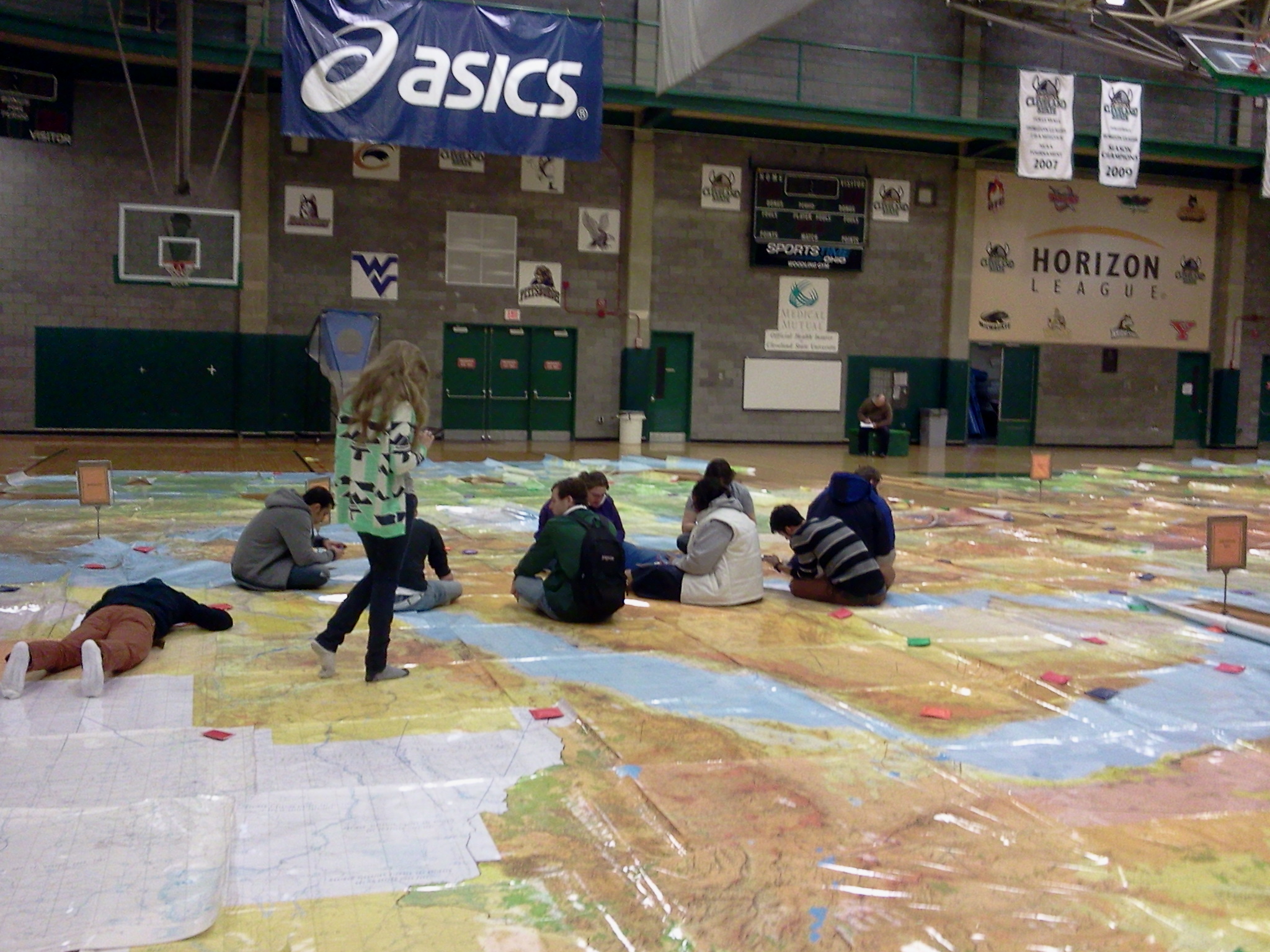In this reflection Geography student Bill Lambrinoydis shares his experience walking the historical path of the Silk Road trade routes. He did a nice job observing the geographic features and recognizing changes in altitude and terrain.
Bill Lambrinoydis: A Journey
I would like to share with everyone an imaginary journey that I have written for my geography class at Cleveland State University retracing the “Silk Road,” which stretched from Europe to China at the time of the Roman Empire and over a few centuries afterwards. Europeans were trading silk and other products with China using that “road.” Here is the imaginary journey about which I wrote:
A JOURNEY
I shall retrace in my imaginary journey, the “Silk Road,” from Europe to China as it was being traveled in the 1st century C.E. It was the intercontinental “road” where the trade in silk between Europe and China was conducted.
First I sailed by ship from the Ancient Rome in Italian peninsula to the port of Piraeus in Greece. To do that I had to leave the Tyrrhenian Sea, cross the Mediterranean Sea where the former sea is located and arrive to the Aegean Sea in the Mediterranean, and the port of Piraeus.
From there I sailed by ship to the coast of modern-day Lebanon. From there I crossed the mountains that separate Lebanon and Syria and the Orontes River and I entered Syria which itself sits at a quite high altitude.
Then I crossed Syria, which is mostly desert, and I entered modern-day Iraq which is also mostly desert and at a lower altitude. I crossed the Euphrates and Tigris Rivers and I entered Iran. Iran is also mostly desert and perhaps has some savannah areas also. I crossed the Zagros Mountains and the Iranian deserts, avoiding the Elburz mountains and then I entered Turkmenistan.
I crossed Turkmenistan, and went through Uzbekistan, crossing a rather flatter terrain than before in Iran. Then I entered Kazakhstan. Kazakhstan is a large area that can be called a “cold desert.” The winters in Kazakhstan are severe. I went by the very large lake Balkhash which is in Kazakhstan. I avoided the Tien Shan and Altai Mountains and I finally arrive to northern China.
Northwestern China is a mountainous area at a very high altitude. Tibet (a province of China) to the south is even more mountainous. I manage to find my way through those mountains and I finally arrive to central China where my journey ends, and also where the “Silk Road” was ending at its eastern end many centuries ago.
Thanks Bill for sharing this reflection!

